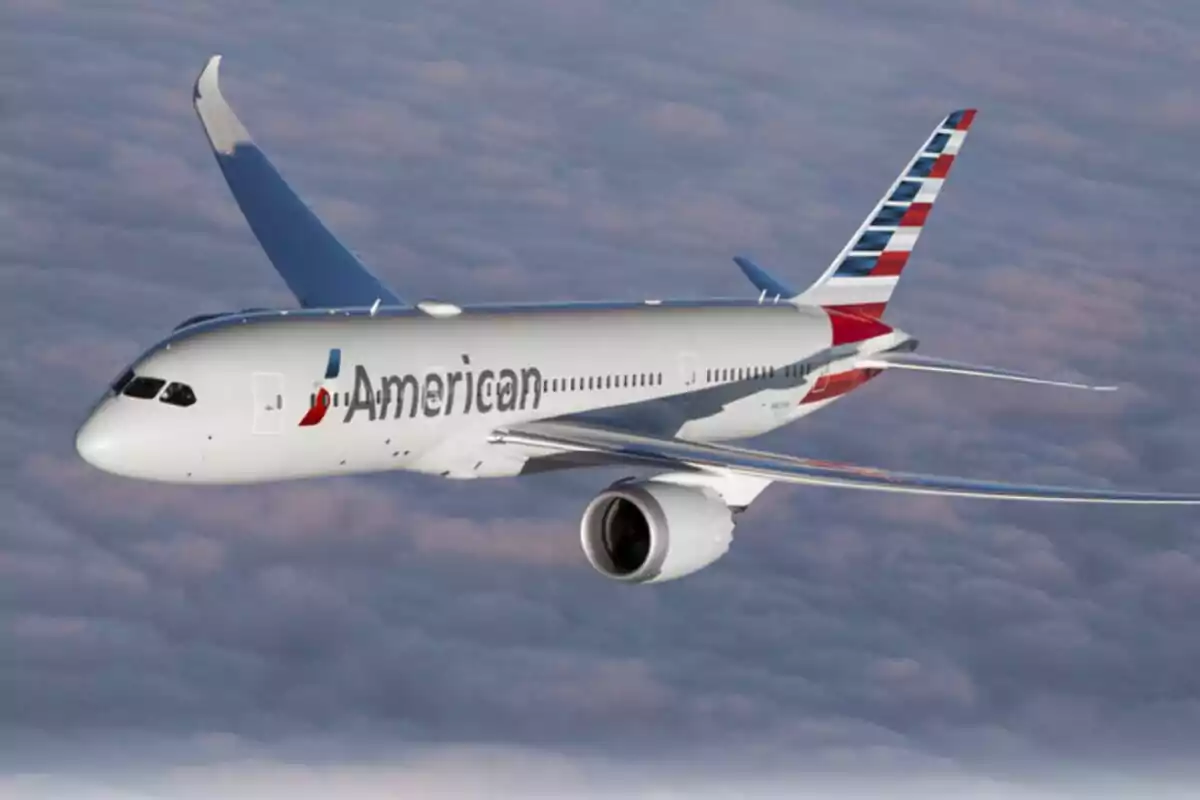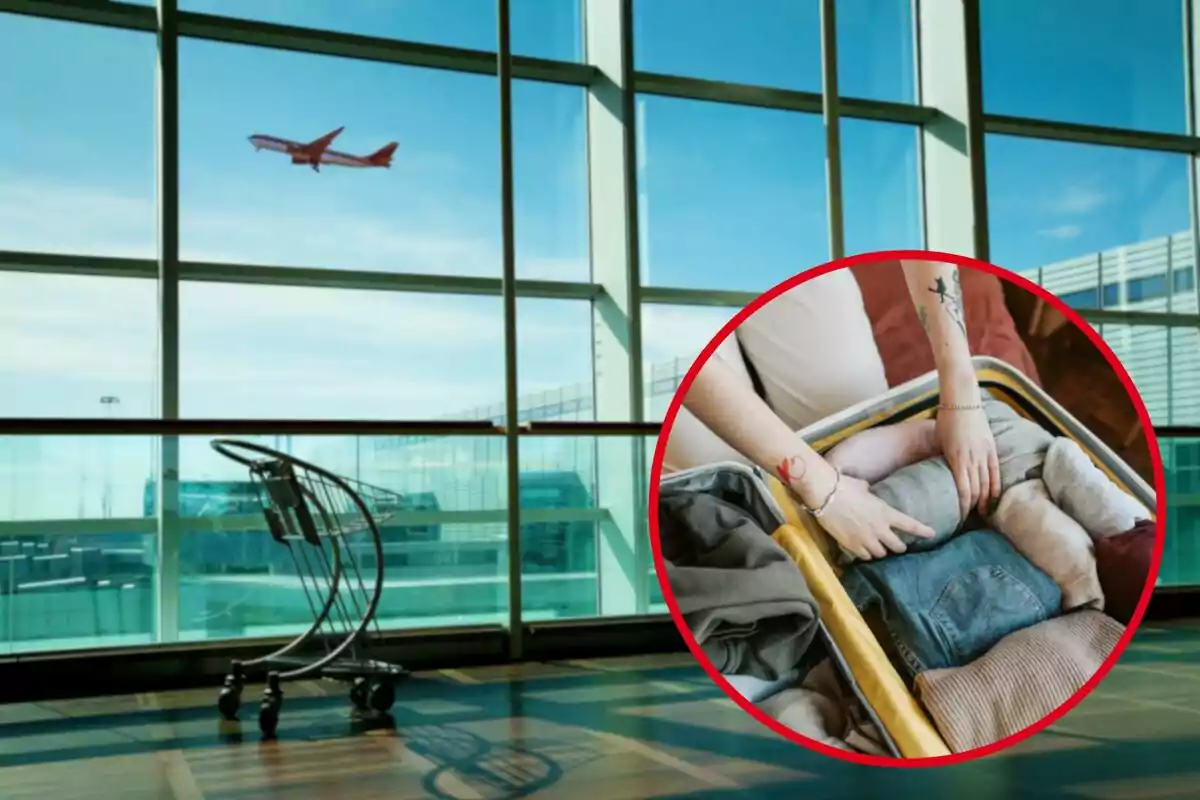Traveling with carry-on luggage has been the preferred option for millions of passengers for years. Avoiding lines at the counter, skipping the wait at the baggage carousel, and having everything at hand sounds too good. However, everything suggests that this convenience could be coming to an end.
American Airlines is about to announce a complete overhaul of its baggage policy. The main reason is to adapt to new international regulations, which have already been in effect in Europe since September 2024. Among the planned changes, a reduction in the permitted dimensions and an increase in inspections stand out, which will directly affect those who travel with carry-on luggage.

American Airlines will apply stricter measures and less room for error
Until now, American Airlines has allowed passengers to bring one piece of carry-on luggage measuring 22 x 14 x 9 in. (56 x 36 x 23 cm) and one smaller personal item. Although these figures have remained stable for a long time, they will no longer be sufficient. Sources close to the airline state that the new dimensions will be smaller, especially on international flights.
Miami Airport, which is one of the main entry points to the United States, has started to apply stricter measures since the beginning of this year. Hundreds of suitcases have been rejected for exceeding the allowed size by just one or two centimeters (0.4 or 0.8 in.). This change by American Airlines, although not yet official, is causing inconvenience among frequent travelers.
Forecasts indicate that American Airlines will modify its policy before the end of 2025, according to TheTravel. The new regulation could force thousands of passengers to check their suitcases, paying extra for something that has so far been free. This change will affect not only the size but also the number of allowed items.

Following European regulations, passengers will be able to bring two types of items on board: a backpack or handbag, and a small suitcase. It is important to note that backpacks or handbags must be small enough to fit under the front seat, with maximum dimensions of 18 x 14 x 8 in.
A decision with logistical and commercial purposes
Beyond regulatory compliance, there are commercial reasons behind this shift. Checking luggage represents a significant source of income for airlines: according to IATA data, in 2023 baggage fees caused more than 33 billion euros worldwide. Reducing carry-on luggage increases the number of checked items and, with it, their profits.
In addition, the overhead compartments in the cabin fill up quickly, which slows down boarding and causes arguments among passengers. The new rules also aim to prevent these conflicts. If fewer people bring large suitcases onto the plane, the process will be smoother, although the cost will fall on customers.

Added to this is a new wave of restrictions from TSA. Items such as strong aerosols, large lithium batteries, or even bottles with high alcohol content are prohibited. These limitations reinforce the idea that the most practical thing will be to reduce luggage to a minimum.
For now, these changes have not yet been made official, but everything suggests that they will be implemented in the coming months. Delta, Southwest, and WestJet are also preparing to adopt similar measures in 2025. Therefore, it is advisable to plan ahead.

